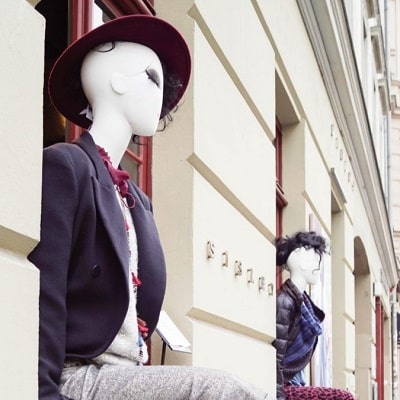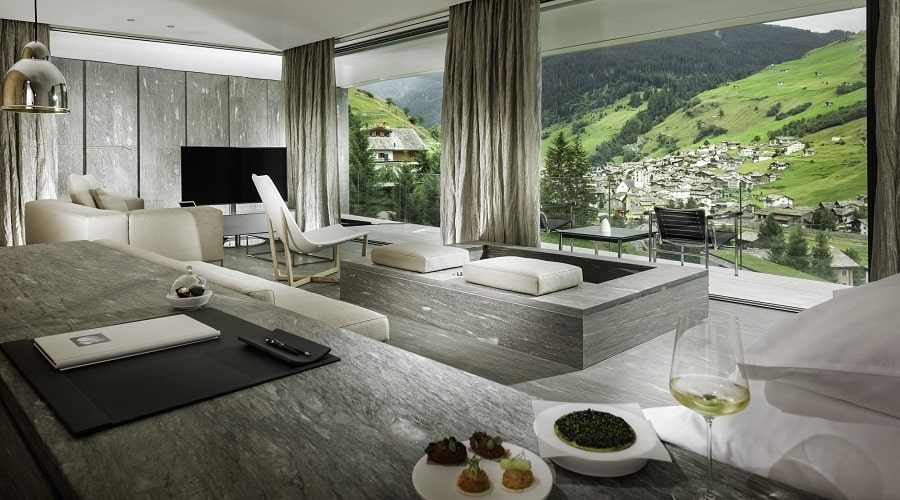
Purism – a style that exudes calmness
Simplicity in setting and lifestyle is not a new invention. It was used by both the ancient Romans and Eastern philosophers. In modern times, this concept was taken up by the famous architect Mies van der Rohe, who owns the phrase “less is more”.
Behind this is a search for serenity through simplicity and clarity. The unnecessary distracts, eats up time and money, and life should be reduced to the main thing, to what is really necessary. Purism gives, above all, more inner peace. These principles make it, despite its ancient roots, a modern, even ultra-modern lifestyle.
Tips and ideas for a purist interior
Purism relies primarily on subtle, light and clear forms and colors. The few pieces of furniture are mostly high-quality modern interior items with metal, glass and glossy surfaces. Solid wood gives the furniture the necessary warmth and comfort. On the other hand, furniture with rustic or vintage effects looks out of place and should therefore be used with care, if at all.
Additional contrasts can be created by combining flooring and furniture. These contrasts look especially attractive in a simple interior, as nothing distracts from their effect. Natural wood floors can be combined, for example, with modern furniture, and wooden furniture with large tiles or concrete.
The base color is preserved. The purist style is dominated by whites, greys, blacks and muted tones. Bright colors are possible, but should be used sparingly and effectively. Some areas of the walls can be highlighted with warm colors, such as yellow or beige.

The red color will give an Asian flavor to a restrained setting. Within purism itself, there are movements that focus more on light or dark tones – and this depends on personal taste. Light furniture looks especially impressive against the background of dark walls and vice versa.
Large patterns are typical for home textiles, preferably on small items, such as sofa cushions. Small print looks out of place and should be avoided.
Decorative accessories set the accents. You can do without them, but if they are, the decorations should be simple and present in selected places. Floor vases, houseplants or candlesticks are especially suitable. Japanese-style accessories are also good, such as simple bowls or hand-painted calligraphy. Pictures should be presented in simple frames.
The arrangement of the furniture is also crucial to the spatial effect so that the space does not appear empty. Playing with furniture groups and open spaces can make a purist space cozy.
The style is at its best in spacious homes, accentuated by free space, large windows and unobstructed views. But apartments in old houses also benefit from it – with parquet floors, high ceilings and stucco decorations. These charming accents are perfectly emphasized by the laconic furnishings.
